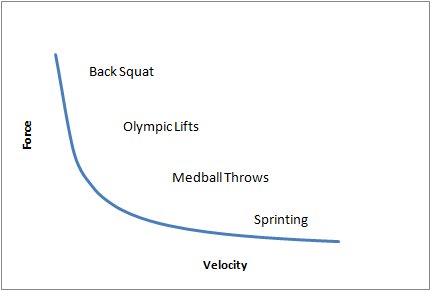This will be another long one.
The force-velocity curve is one of the most badly understood concepts in S&C.
But this is an assumption that is very very common in S&C.
1. A hyperbolic Fv relationship is a property of muscle not movement.
2. Often a particular movement will also display a Fv relationship but this relationship can be very different to that in isolated muscle fibre.
Peak power output: who cares?
🤷♂️😈🧐











